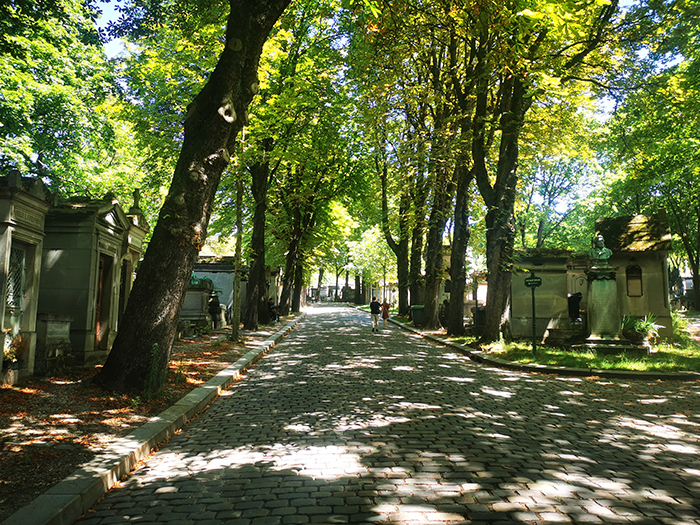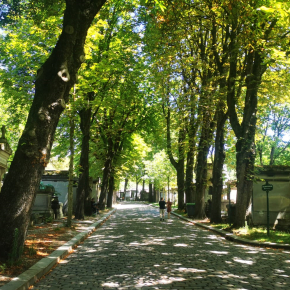
Climate change: a threat to urban trees
Trees play an essential role in the well-being of city dwellers — but for how long? An international research team, including a CNRS researcher from the Ecology and Dynamic of Anthropogenic Systems laboratory at the University of Picardy Jules Verne (Laboratoire Ecologie et dynamique des systèmes anthropisés, CNRS/Université of Picardy Jules Verne)1 , has published the first global risk assessment for tree species planted in cities in the current context of increasing temperatures and decreasing annual precipitation due to climate change: 56–65% of these species are already at risk today, and this figure could rise to 68–76% by 2050. By that time in France2 , for example, rising temperatures will put 71% of species at risk. In a city like Montpellier, the common ash will be among the species most at risk. Scientists obtained these results, which appear in Nature Climate Change on 19 September 2022, by studying 3,129 species of trees and shrubs found in 164 cities across 78 countries and calculated the safety margin (a measure of the climatic tolerance) of each species in each city under current and future climate conditions. The research team notes that it is quite common for species to already be planted in cities under stressful climate conditions; although certain cities, especially wealthier ones, are able to spend money to water trees in times of drought3 and mitigate the impact of climate change. However, risks are expected to increase in the future and lead to much higher maintenance costs. With trees playing an increasingly critical role as natural air conditioners in cities during heat waves, these findings show that urban greening schemes must be adapted to allow trees to cope with climate change, for example, by planting species resilient to future temperatures and precipitation.

© Akvile JUREVICIUTE-LENOIR
- 1A researcher from the Study and Understanding of Biodiversity laboratory (Étude et compréhension de la biodiversité, INRAE/Université de Rouen Normandie) also took part. The study was led by the Western Sydney University in Australia and involved scientists from the University of Melbourne and Macquarie University.
- 2Based on data from five French cities (Paris, Bordeaux, Montpellier, Grenoble, Lyon) and 506 different tree and shrub species, for a total of 1,254 observations. By 2050, 69% of urban tree and shrub species will be at risk from decreasing annual precipitation in France and 49% of species will be at risk due to both less precipitation and increased temperatures.
- 3Data on urban tree maintenance and management operations are not available. The risk analysis is therefore purely ecological, and does not take into account the technical capabilities of each city to maintain the urban tree network.
A worldwide climate-change risk analysis for urban forests. Esperon-Rodriguez, Tjoelker, Lenoir et al. Nature Climate Change,19 September 2022. https://www.nature.com/articles/s41558-022-01465-8


